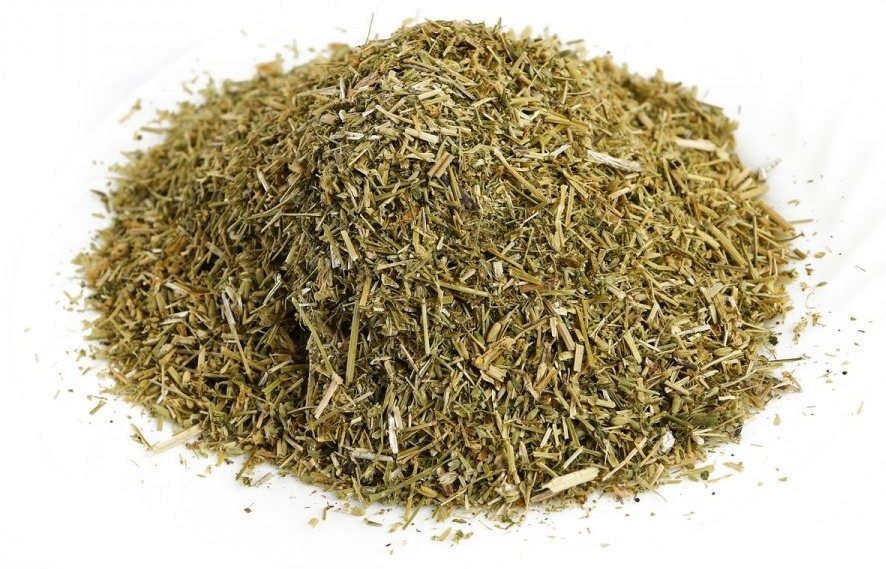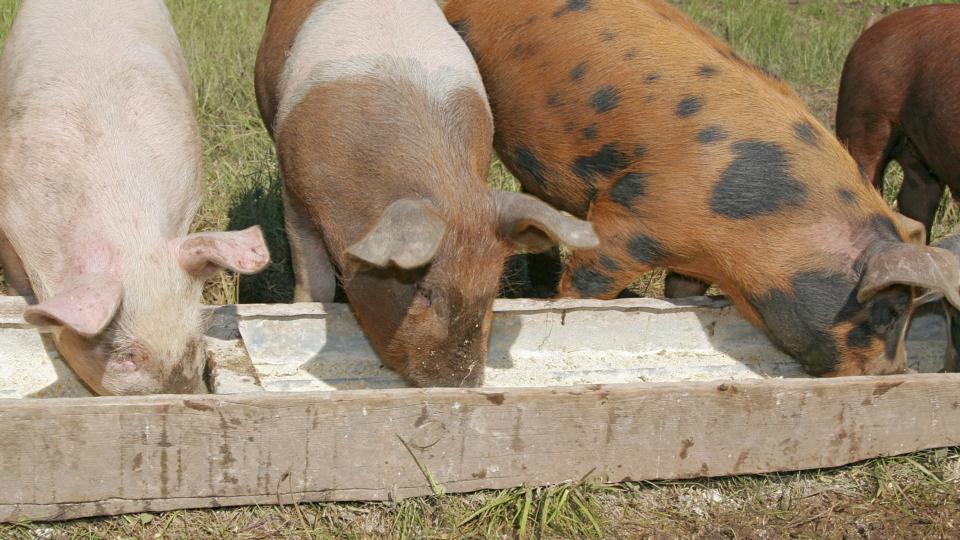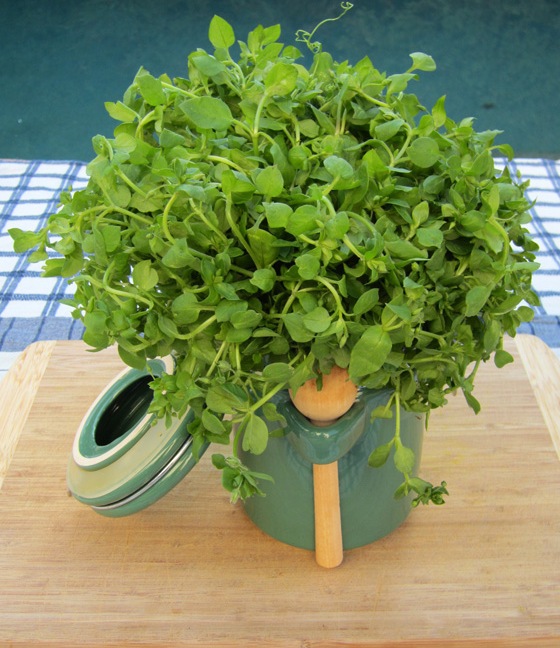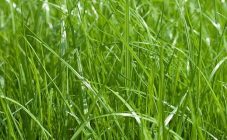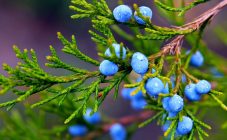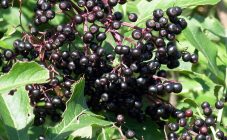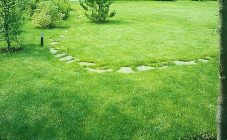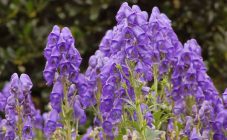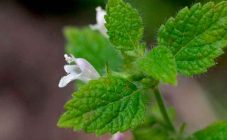Content:
Medium star grass is the scientific name of the plant, which is called in the common people woodlice, hernia, heart or canary grass, wood lice, satin flower, chicken weed, rope snake. All summer residents and gardeners are closely familiar with this grass, who are constantly fighting for the territory of their personal plot. But this plant is also known for its benefits in some areas of activity, especially in cosmetology and pharmacology.
External characteristics
What does woodlice grass look like? This is an annual that belongs to the genus Zvezdchatka of the Clove family. It is a creeping creeping plant that does not rise more than 0.1 m with a stem covered with hairs.
The foliage of the kanatopka grass is juicy, bright green, ovoid, shortly pointed at the ends. The upper leaves are sessile, attached directly to the crown of the trunk, the lower ones are on the petioles. At the edges they are edged with damp cilia, which is why the plant is called woodlice. The node consists of two leaves located opposite each other on opposite sides of the stem.
It blooms from late spring to early autumn with small white, star-shaped flowers. In warm weather, it can bloom until October - November. It has deeply bifid petals on high pedicels. The corolla consists of individual petals, which are proportional to or shorter than the calyx. Has 5, occasionally 10 stamens. One pistil, three-columnar.
Has no pronounced aroma.
One of the methods of reproduction is by seeds, which are contained in large quantities in an oblong oval box with 6 valves. When ripe, the valves open and the seed is round or kidney-shaped. It also grows vegetatively by rooting shoots. Several generations change over the season.
Growing places
A frequent visitor to vegetable gardens, which is difficult to deal with and destroy due to the large number of fruits on the plant, which ripen, crumble and are quickly accepted.
The average number of seeds in one plant is 15 thousand. The seeds, being in the soil, retain the ability to rise for 2-5, sometimes 10 years.
Woodworm is a grass that also grows near houses, in personal plots, in unkempt areas, in ravines, ditches, along paths and in clearings in forests with high dampness. The habitats of the genus are quite extensive. It is found both in temperate and cold climatic zones, and in the subtropics and tropics. It grows practically throughout Russia.
Variety of varieties
There are about two hundred species of the genus starlet. The most common:
- Bunge. Perennial about 0.2-0.5 m high with a thin root system. It blooms from May to August with white flowers with herbaceous bracts. Siberia, the Far East, the European territory of Russia - places of growth;
- Forest or oak. Perennial with thick, deeply penetrating roots. Up to 0.6 m high. White, single flowers appear in May and bloom until the end of the summer season.Distributed in Europe, Asia, the Caucasus;
- Lanceolate. Perennial 0.15-0.3 m in height with a creeping root system. From early May to late April, you can see flowers - white, large, collected in umbrellas;
- Cereal. A perennial growing up to 0.4 m in height. It has inflorescences consisting of many small, white flowers. Central Asia, the Caucasus, Siberia, the European part of Russia - the regions in which the variety is found;
- Mogul. Perennial height varies from 0.05 to 0.4 m. Flowers are white, small, five-leafed. Grows in North America, Europe, Asia, in the European part of Russia.
Applications
- Beekeepers recognize the value of this herb, as it is an excellent honey plant due to its long flowering period;
- Experienced summer residents are in no hurry to get rid of grass shoots, using it as mulch, which perfectly protects the ground from drying out, retaining moisture;
- Farmers feed this plant to pigs and a feathered farm, after which egg production in dipterans increases;
- Chickweed grass is used by owners of private and country houses as a lawn that does not require special maintenance;
- Cosmetic recipes with woodlice as an ingredient are often used by women and young girls. The former struggle with the signs of approaching old age (wrinkles), the latter - with unpleasant companions of youth (acne);
- Since ancient times, the herb has been used as an ingredient in culinary dishes: soups, borscht, snacks, salads. A large number of useful trace elements contained in it will help get rid of vitamin deficiency;
- Due to its various medicinal properties, mockworm herb is often used for medicinal purposes to treat and cure a wide range of diseases.
Effects on the human body
This type of starfish has the following properties:
- enhances immunity;
- accelerates clotting with bleeding;
- increases the rate of wound healing processes;
- removes phlegm from the respiratory tract;
- inhibits inflammatory processes;
- disinfects, disinfects, kills germs;
- has a laxative and diuretic effect;
- leads to muscle tone;
- dilates blood vessels;
- pain relieves.
Indications
Helps treat diseases:
- respiratory tract;
- retina and cornea of the eye;
- thyroid glands;
- musculoskeletal system;
- urinary system;
- digestive tract;
- of cardio-vascular system;
- endocrine system;
- gynecological;
- arthrosis and varicose veins;
- avitaminosis;
- hypertension;
- anemia;
- skin diseases.
Forms of use:
- baths and baths;
- vitamin-containing salads;
- juices;
- teas;
- infusions;
- decoctions;
- lotions;
- compresses;
- masks;
- drinks and cocktails.
Collection and procurement
Only the aerial part of the plant is used as an ingredient in medicinal compositions and for consumption. The maximum concentration of nutrients in green, freshly picked sprouts, which can be consumed immediately after harvest. In winter, dried stems are used. Freezing is one of the storage methods.
It is optimal to collect herbs in May. At this time, the plants are most succulent and soft. They pull out the woodlouse along with the root system. Place to dry in a shaded, dry, ventilated place. Shake and turn regularly.
After drying, they are stored in paper rolls, cloth bags or glass containers. The maximum storage period is 12 months, but it is better to use it before the expiration date.
Growing and care
An undemanding plant that grows both in shaded and sunny areas with loose, moisture-absorbing, acidic soil. Does not require shelter for the winter.
The grass is propagated by dividing the bush or by seeds. But the plant may well grow from year to year thanks to self-seeding. The seed in the ground retains the possibility of germination for ten years.
Sowing should be done in autumn or spring in open ground. The sprouts appear quickly.
After planting, moderate watering is required, but only the first time, it should be stopped soon.
The plant grows at a fast pace, without proper control, the grass will take over a large area.
Due to its high natural immunity, wood lice are rarely affected by diseases and pests. Sometimes it becomes infected with bacterial and fungal diseases, which are treated with special drugs.
Noticing woodlice shoots in the garden, you should act with lightning speed, otherwise you will hardly be able to get rid of the grass carpet later. But do not rush to clean up and take away this plant. It can be useful in everyday life: for cosmetic procedures, in order to heal a long-standing ailment, to prevent diseases and increase immunity. And this is not the whole list of useful qualities of such an inconspicuous grass.

